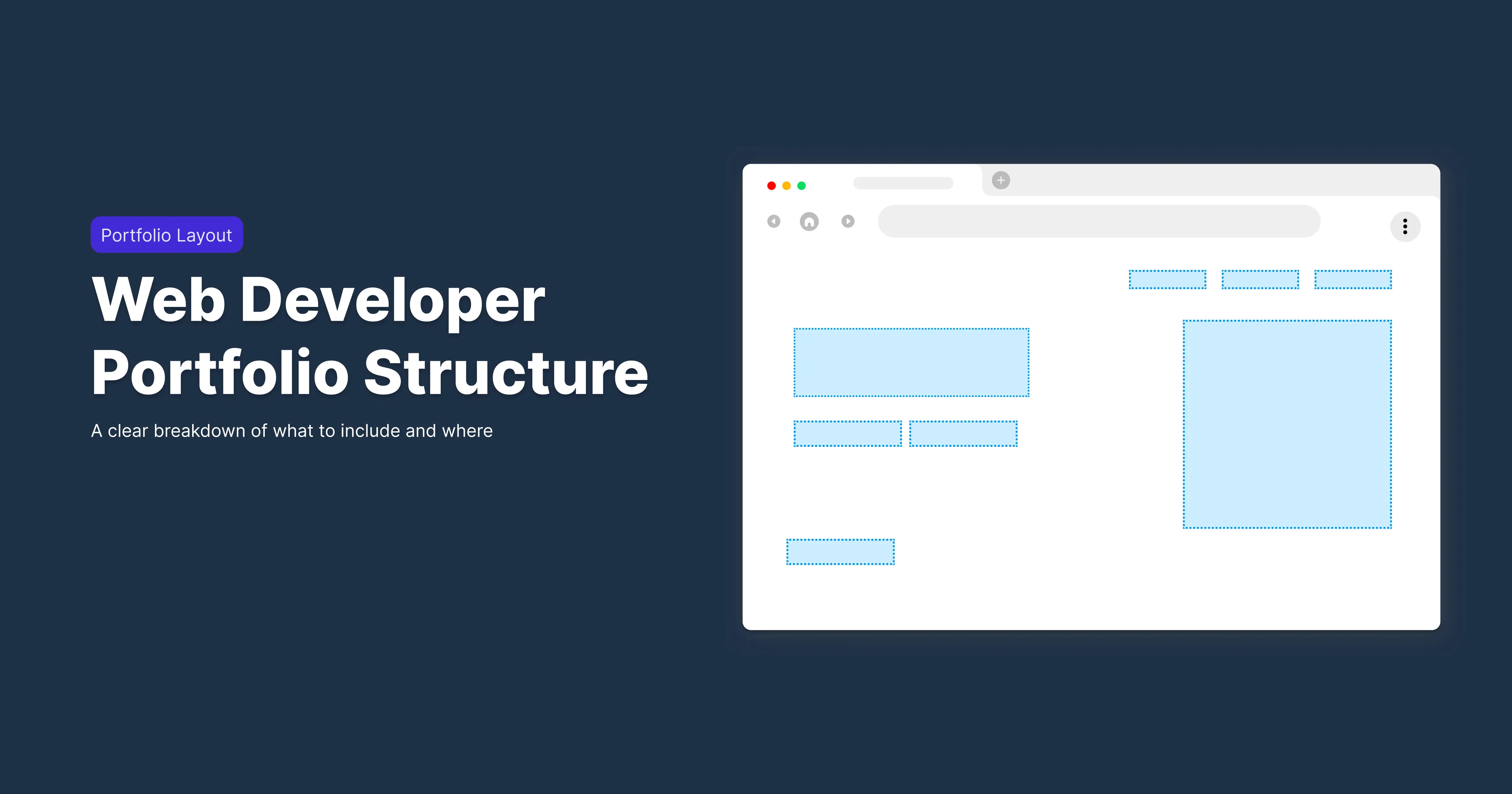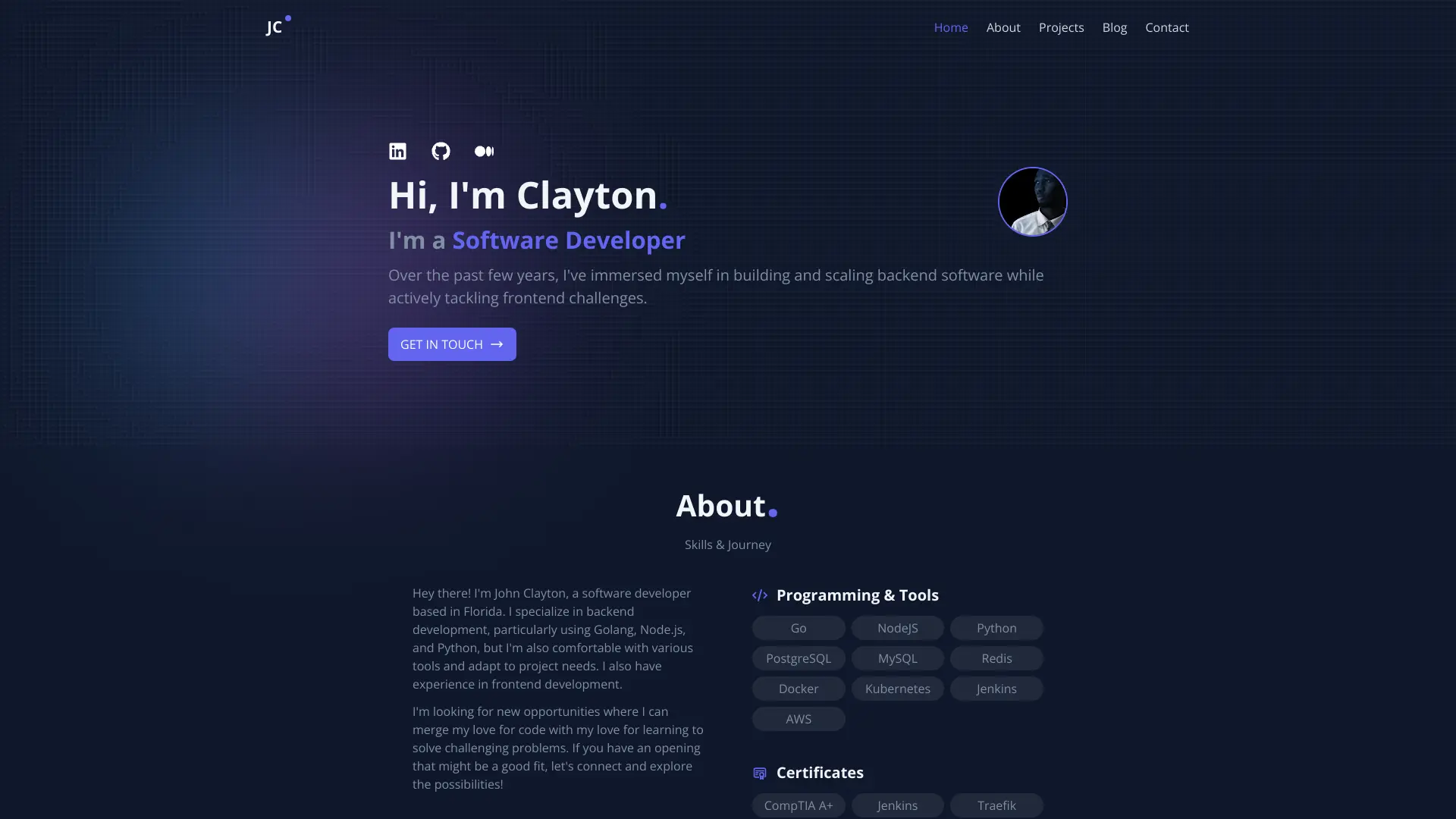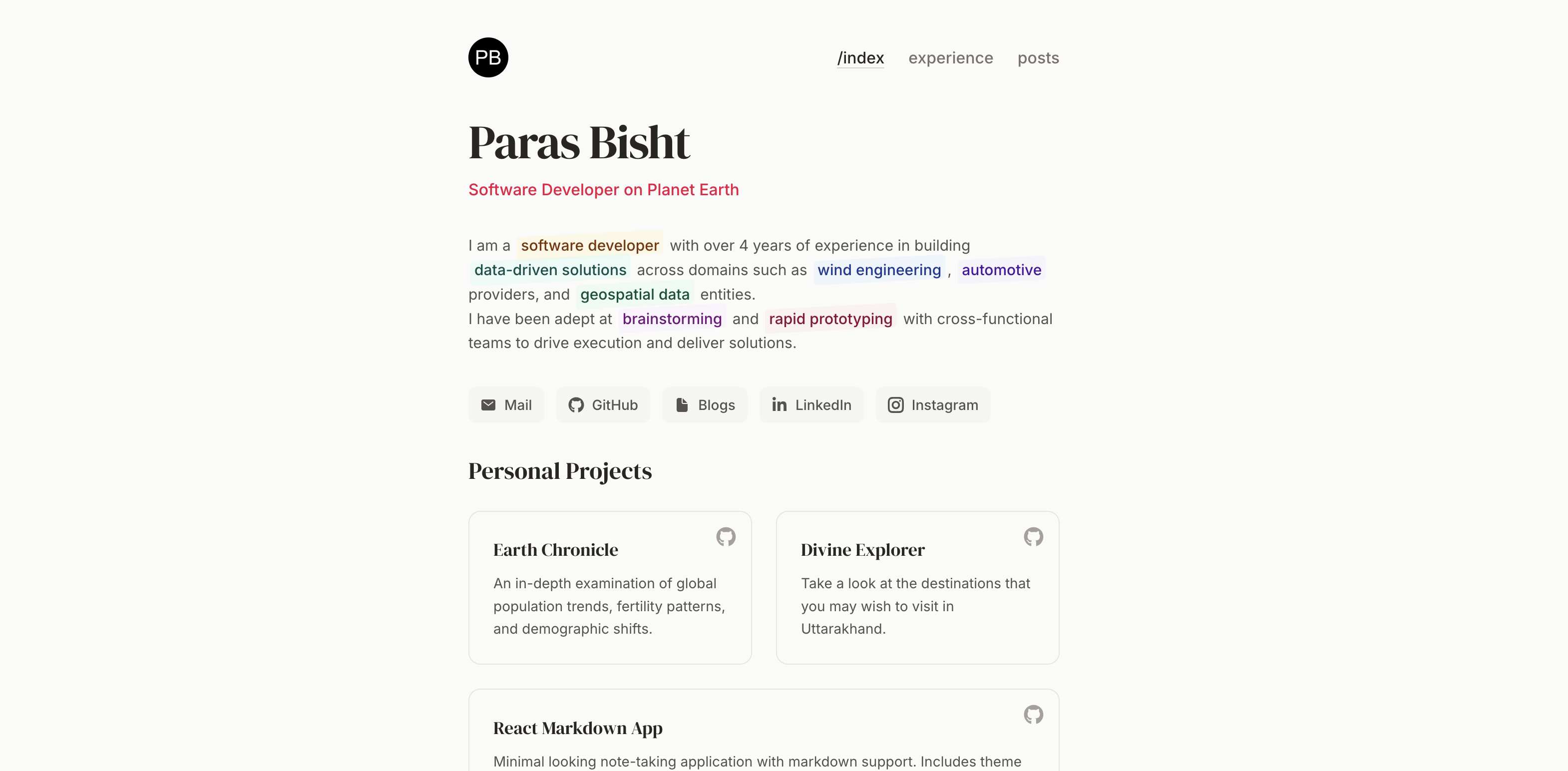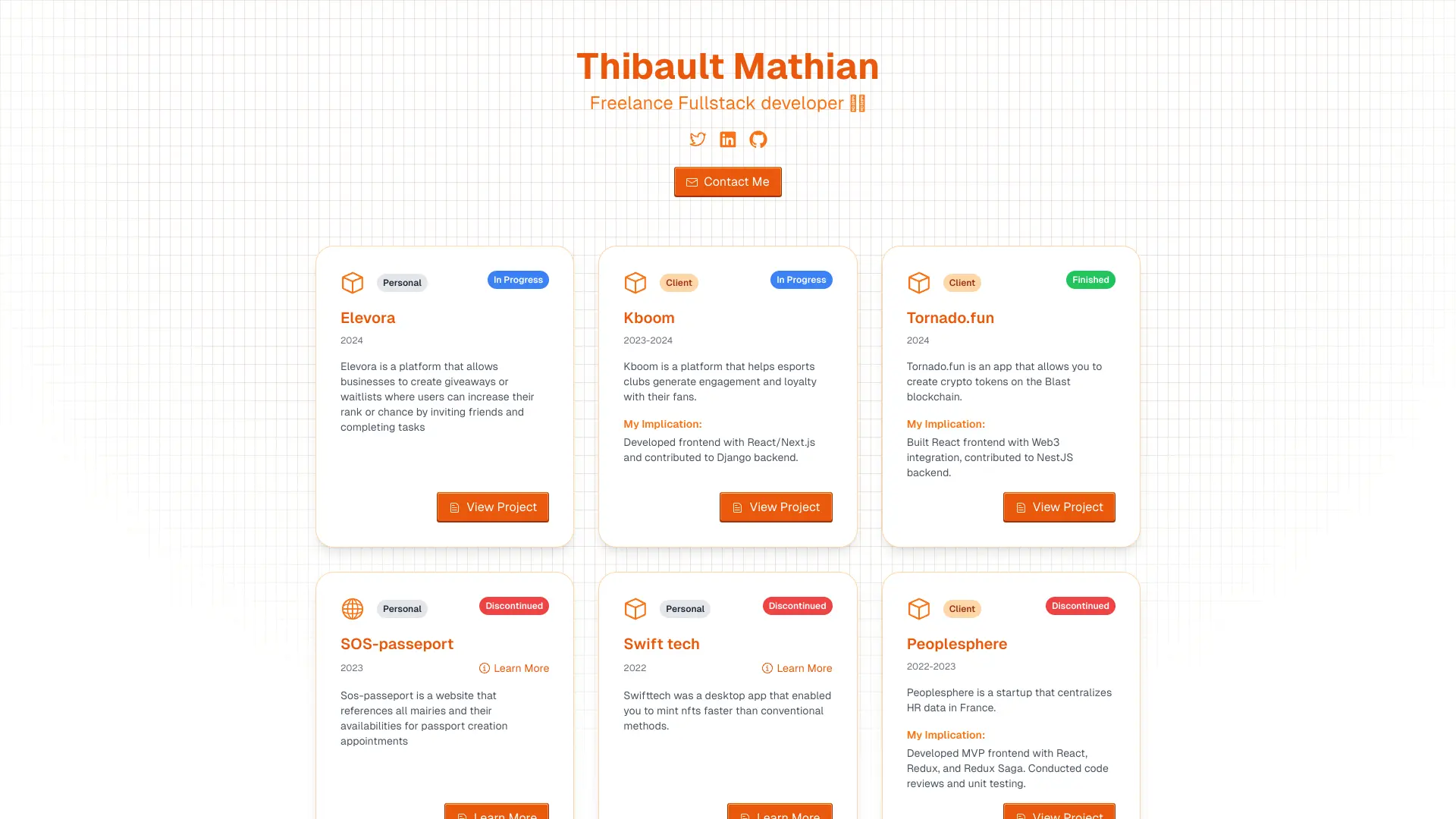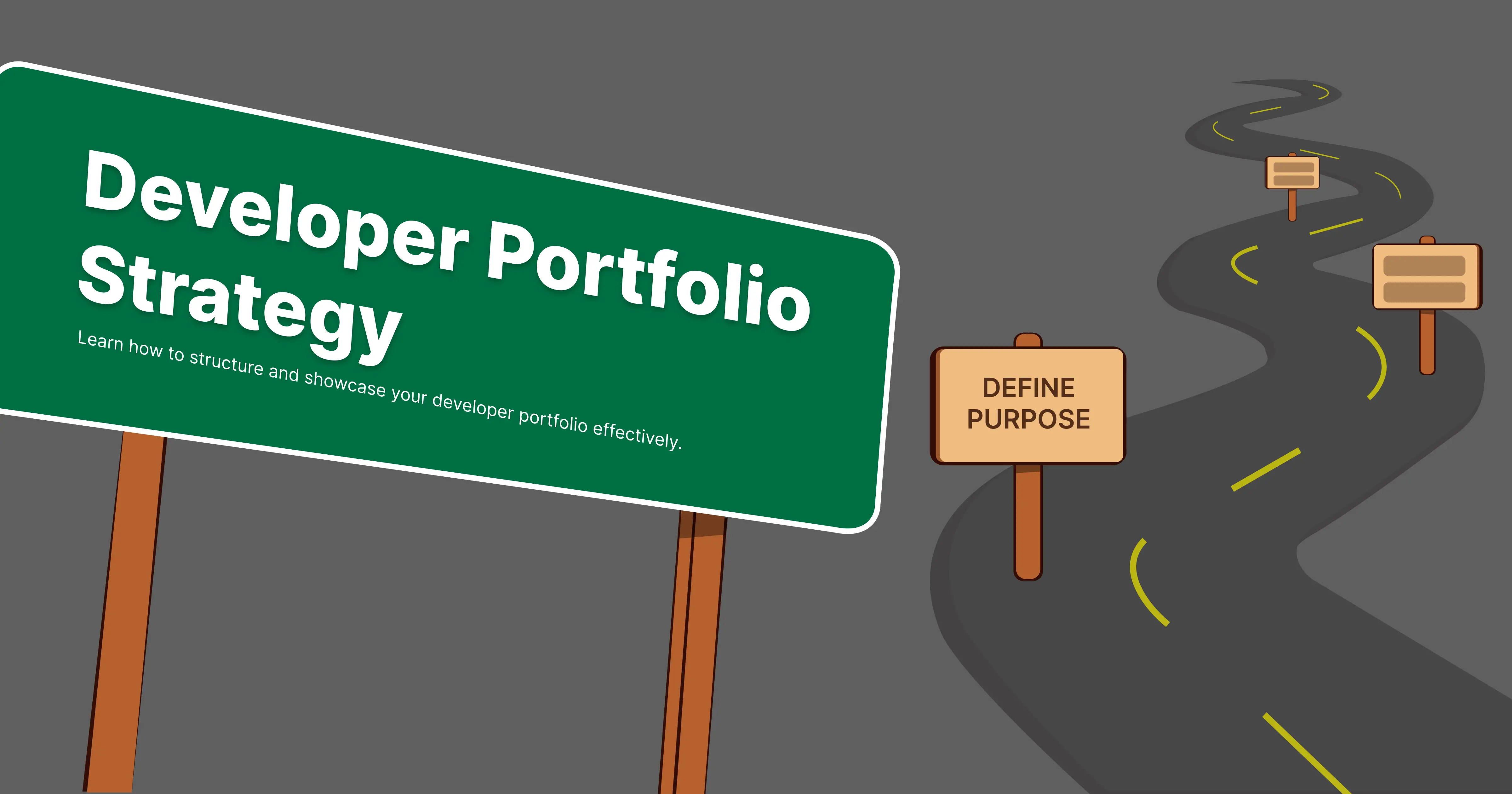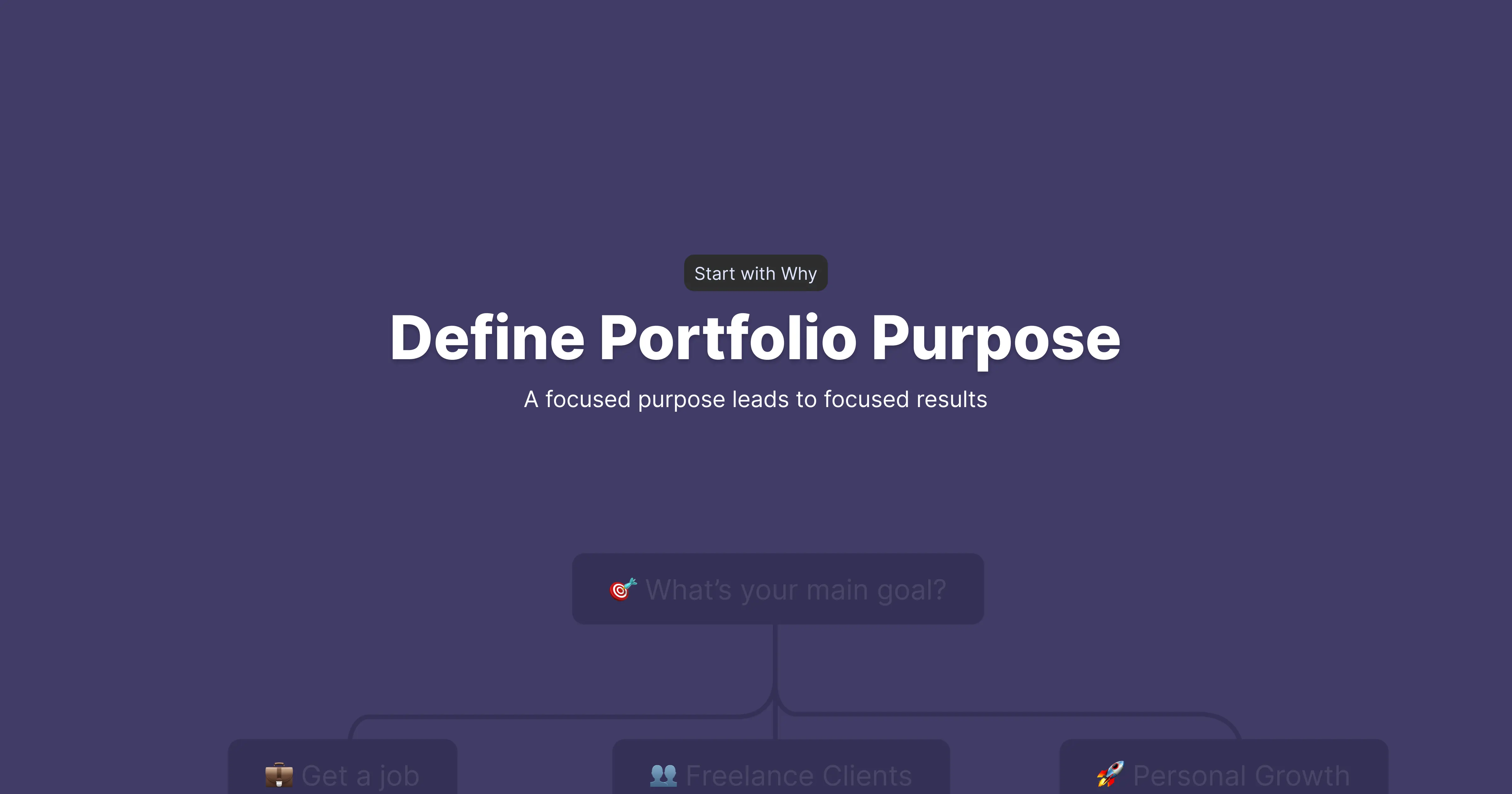Think a sleek design alone will land your dream developer job? Think again. The design of your web developer portfolio is just one piece of the puzzle. Its structure determines whether visitors notice your coding skills, technical knowledge, and problem-solving approach—or click away.
A truly effective portfolio combines a user-friendly structure with a design that highlights your skills and communicates your personality.
What is a Web Developer Portfolio Structure?
A portfolio structure is the intentional arrangement of content in your portfolio to help visitors quickly understand your skills, experience, and value.
A well-structured portfolio guides visitors naturally to your most important information, making it easy for them to appreciate your expertise.
Why Portfolio Structure Matters
- First Impressions Count: Recruiters spend seconds scanning your portfolio. Poor structure can lose attention immediately.
- Content Accessibility: Visitors often look for specific information. A clear structure ensures they find it quickly.
- Better Engagement: Neatly structured portfolios encourage users to explore your work and skills further.
Recommended Portfolio Structure
The ideal layout depends on your focus, but most web developer portfolios follow this order:
- Introduction (Hero)
- Projects
- About (Optional)
- Skills
- Contact (Optional)
Each section should serve a purpose and guide visitors to your most valuable content.
Introduction (Hero)
Your introduction is the first thing visitors see. It must:
- Immediately communicate who you are
- Capture attention quickly
- Set the tone for the rest of your portfolio
- Encourage further exploration
Essentials for your introduction:
- Your name and professional title
- A short tagline summarizing your expertise
- (Optional) A professional photo for personal connection
Examples:
Why it works: John places his most relevant expertise upfront and uses a clean layout. Visitors immediately understand his role and see his personality through subtle design elements.
Why it works: Parish makes it clear their role along with their unique domains that they are comfortable working in. Everything you need is above the fold: experience soft skills, and personal projects.
Showcase Tangible Skills with Real Projects
Visitors often navigate straight to the projects section, which demonstrates your skills in action.
Project elements to include:
- Project Titles: Clear, descriptive names
- Project Description: Purpose, goals, technologies used, and links to live projects or source code
- Visuals: Screenshots or interactive demos to engage visitors
Example Portfolios
Why it works: Projects are prioritized by relevance and complexity. Each project clearly explains the problem solved, technologies used, and impact, helping visitors evaluate skill level quickly.
Why it works: Remi combines visuals with concise context for each project, allowing users to understand both the aesthetic and technical depth. The layout encourages exploration of multiple projects without overwhelming visitors.
Highlight Your Skills
Your skills section communicates your technical expertise. Make it clear and easy to scan.
Effective ways to present skills:
- List programming languages, frameworks, and tools
- Use icons for visual appeal, but always include text labels
- Group skills by category (e.g., Front End, Back End, DevOps)
Make it Easy to Contact You
Visitors may want to reach you for job opportunities, collaborations, or feedback. Make it simple:
- Links to social media (LinkedIn, X/Twitter)
- Email address
- GitHub profile
- Optional: embedded contact form
For examples of contact sections that balance usability and privacy, see our contact form best practices.
Optimize for Mobile
63% of global web traffic comes from mobile devices. Ensure your portfolio works on all screen sizes.
Mobile optimization tips:
- Use a mobile-first design
- Test your portfolio on multiple devices or simulate devices using browser developer tools
Portfolio Structure Cheat Sheet
| Section | What to Include | Why it Matters |
|---|---|---|
| Introduction (Hero) | Name, Title, Tagline, Optional Photo | Captures attention immediately and sets tone |
| Projects | Titles, Description, Tech stack, Visuals/Demos | Shows your skills in action, keeps visitors engaged |
| About | Bio, background, optional story | Gives personality and context for your work |
| Skills | List, categorized groups, icons with labels | Communicates expertise quickly and clearly |
| Contact | Email, social links, optional form | Provides a clear way for visitors to reach you |
Conclusion
A well-structured web developer portfolio showcases your skills, demonstrates your growth, and communicates your personal brand. By thoughtfully arranging your content and presenting each section clearly, visitors can find value quickly and remember you.
For a comprehensive view of how each part of your portfolio contributes to your overall strategy, see our Developer Portfolio Strategy pillar.
Remember: your portfolio is a reflection of your professional self—keep it polished, structured, and infused with your personality.
